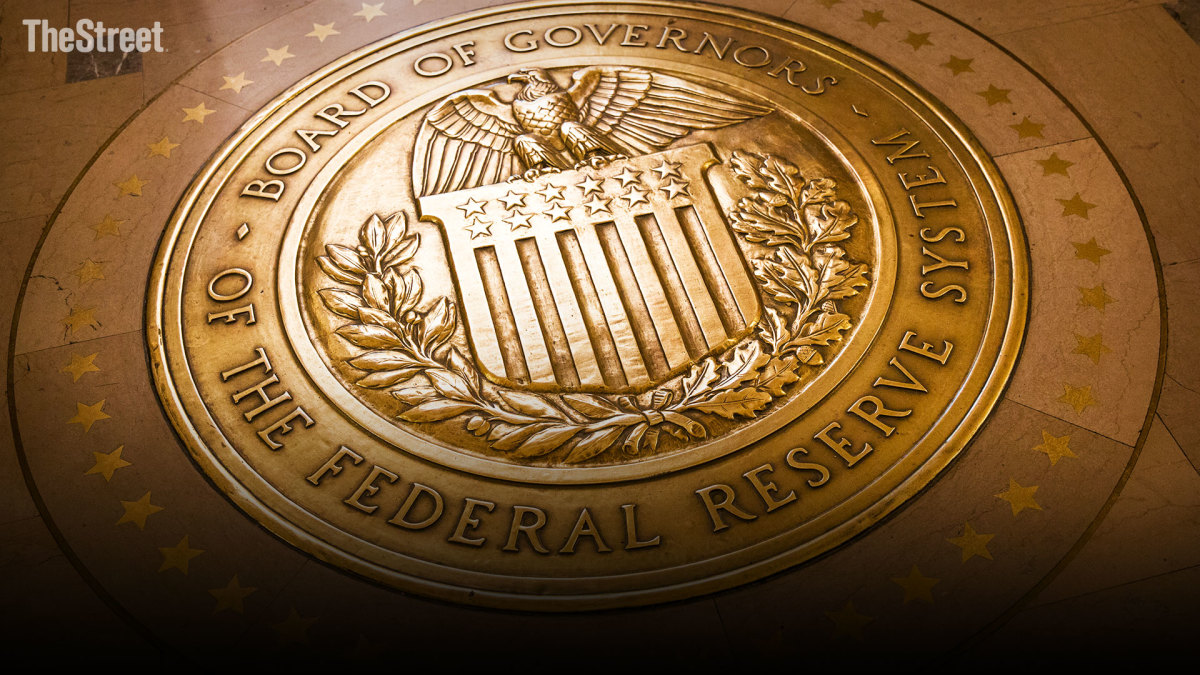
The Federal Reserve kept its benchmark lending rate unchanged at a two-decade high for the second straight policy meeting Wednesday, while again hinting that elevated inflation levels, and a resilient economy, may warrant at least one more increase over the coming months.
The Fed's Open Markets Committee held its key policy rate at between 5.25% and 5.5%, the highest in 22 years, in a move that was widely expected from markets following the last quarter point rate hike in July and a hold in September.
"The Committee will continue to assess additional information and its implications for monetary policy. In determining the extent of additional policy firming that may be appropriate to return inflation to 2% over time, the Committee will take into account the cumulative tightening of monetary policy, the lags with which monetary policy affects economic activity and inflation, and economic and financial developments," the Fed said in a statement issued alongside the interest rate decision.
"In addition, the Committee will continue reducing its holdings of Treasury securities and agency debt and agency mortgage-backed securities, as described in its previously announced plans," the statement added.
U.S. stocks extended earlier gains immediately following the Fed decision and Chairman Jerome Powell's question-and-answer session with the media, with the S&P 500 marked 44 points higher, or 1.1%, on the session while the Dow Jones Industrial Average was up 212 points. The tech-focused Nasdaq was marked 211 points, or 1.56% higher.
The more Fed Chair Jay Powell speaks, the more the market hears that the US central bank is done with rate hikes in this economic cycle. US 2-year yields plunge. pic.twitter.com/bjfGDD9upf
— Lisa Abramowicz (@lisaabramowicz1) November 1, 2023
Benchmark 10-year Treasury note yields fell 6 basis points to 4.761% following the interest rate decision and Powell's commentary while 2-year notes eased 6 basis points to 4.956%.
The U.S. dollar index, meanwhile, gave back most of its gains from earlier in the session and was last marked flat at 106.020 against a basket of six global currency peers.
"The dramatic rise in longer-dated bond yields over the last few months has contributed to tightening financial conditions in the U.S., which are roughly the circumstances the Fed is seeking that could foster a disinflationary process," said Jason Pride, chief of investment strategy & research at Glenmede.
"The post-meeting statement recognized this with the introduction of fresh language recognizing that “tighter financial and credit conditions…are likely to weigh on economic activity, hiring, and inflation," he added. ”Some have argued that tightening financial conditions has partly done some of the work of that additional rate hikes but the jury is still out on whether we’ve yet to see peak fed funds for this cycle."
The timing of this week's Fed decision also highlights the focus Powell and his colleagues will likely devote to the labor market over the coming months, as well, with data on job openings for the month of September at 10:00 am eastern time today and the Labor Department's official non-farm payroll report coming on Friday.
Still, while job gains have been impressive over the past few months, employment costs are easing and wage pressures are abating as a result.
The Bureau of Labor Statistics said earlier this week that its third quarter Employment Cost Index rose 1.1% from the three months ending in June, and was up 4.3% from last year, marking the slowest annual gain in nearly two years.
The Fed noted that jobs gains have "moderated since earlier in the year, but remain strong".
The CME Group's FedWatch now suggests a 19.4% chance that the Fed will lift rate by 25 basis points (0.25 percentage point), to between 5.5% to 5.75% at its next policy meeting in December, with the odds of a January hike pegged at 25.5%.
That option isn't finding its way into interest rate markets, however, as major policymakers such as the European Central Bank, the Bank of Canada – and likely the Bank of England tomorrow – pause their recent tightening cycles in the face of slowing domestic growth.
“It's a delicate task to ensure that the economy, while strong, doesn't overshoot, but also avoids a sharp contraction," said Richard Carter, head of fixed interest research at Quilter Cheviot. "The Federal Reserve's next moves to recalibrate inflation back to its target will likely serve as a benchmark for other central institutions, such as the Bank of England and the European Central Bank."
"It is also worth bearing in mind that while another pause may look like the end of the hiking cycle, the strong economic data may compel the Fed to hit the hike button once more," he added.
- Get exclusive access to portfolio managers and their proven investing strategies with Real Money Pro. Get started now.







